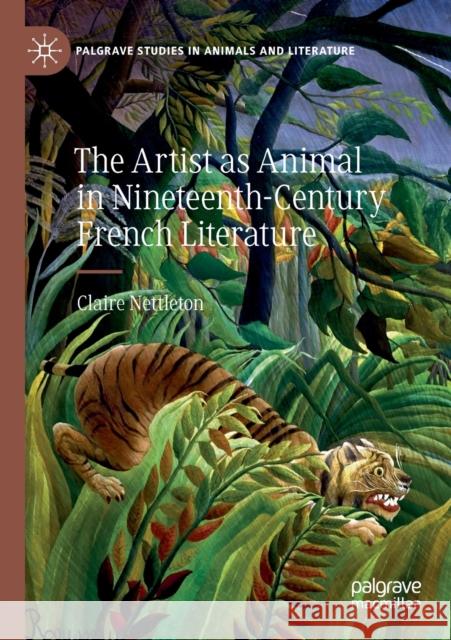The Artist as Animal in Nineteenth-Century French Literature » książka
topmenu
The Artist as Animal in Nineteenth-Century French Literature
ISBN-13: 9783030193478 / Angielski / Miękka / 2020 / 241 str.
The Artist as Animal in Nineteenth-Century French Literature
ISBN-13: 9783030193478 / Angielski / Miękka / 2020 / 241 str.
cena 201,72
(netto: 192,11 VAT: 5%)
Najniższa cena z 30 dni: 192,74
(netto: 192,11 VAT: 5%)
Najniższa cena z 30 dni: 192,74
Termin realizacji zamówienia:
ok. 22 dni roboczych
Dostawa w 2026 r.
ok. 22 dni roboczych
Dostawa w 2026 r.
Darmowa dostawa!
Kategorie:
Kategorie BISAC:
Wydawca:
Palgrave MacMillan
Seria wydawnicza:
Język:
Angielski
ISBN-13:
9783030193478
Rok wydania:
2020
Wydanie:
2019
Numer serii:
000790131
Ilość stron:
241
Waga:
0.31 kg
Wymiary:
21.01 x 14.81 x 1.37
Oprawa:
Miękka
Wolumenów:
01
Dodatkowe informacje:
Wydanie ilustrowane











